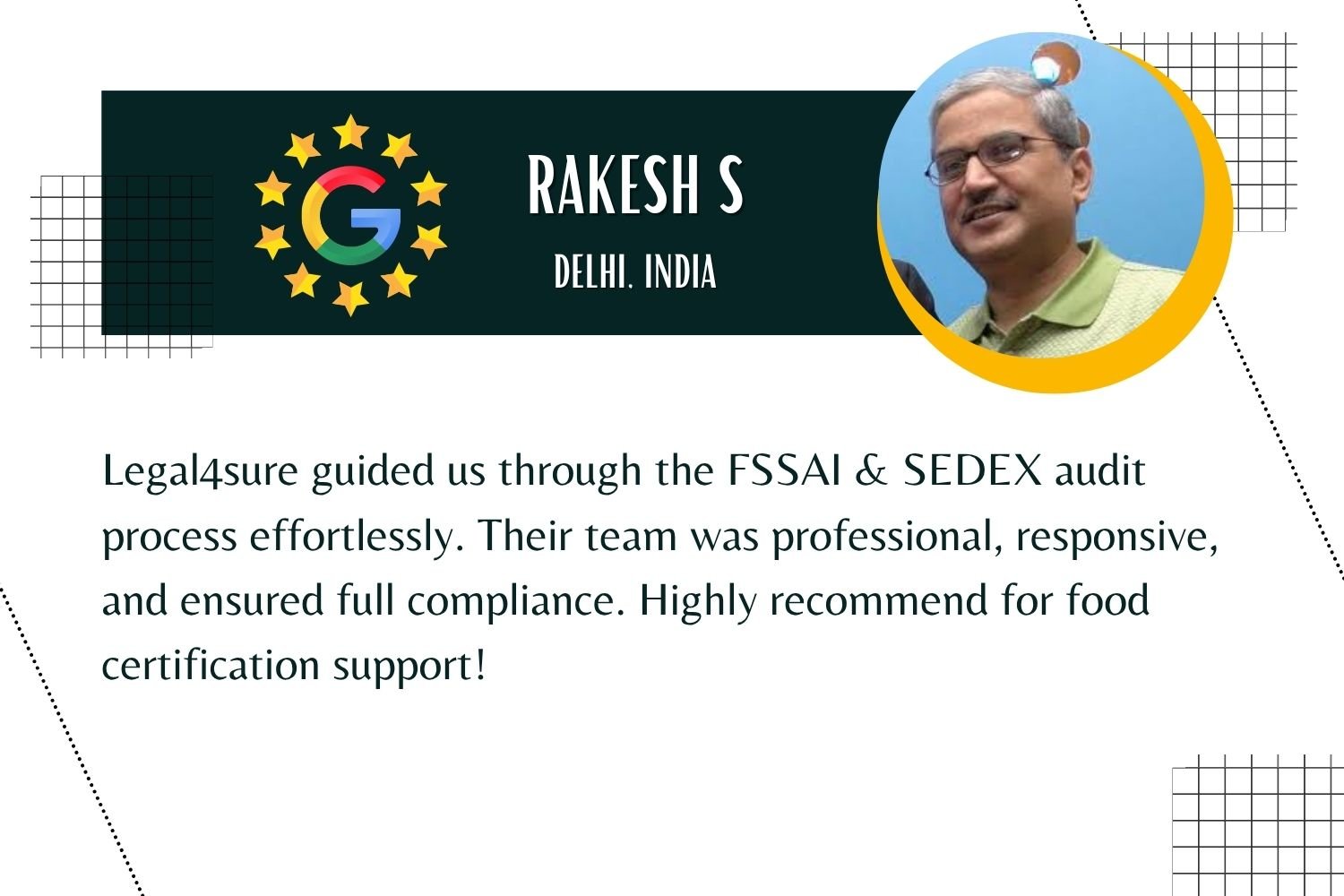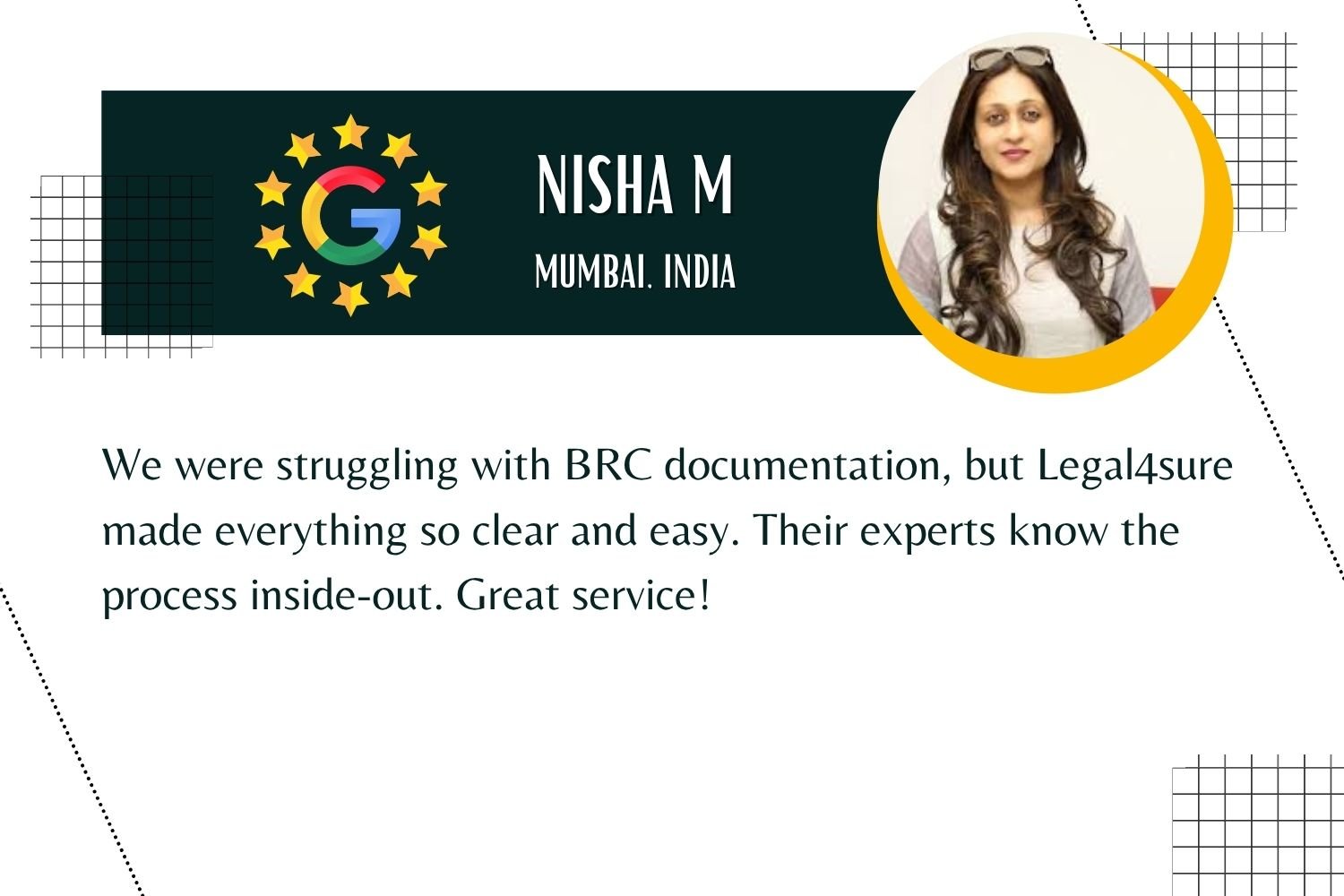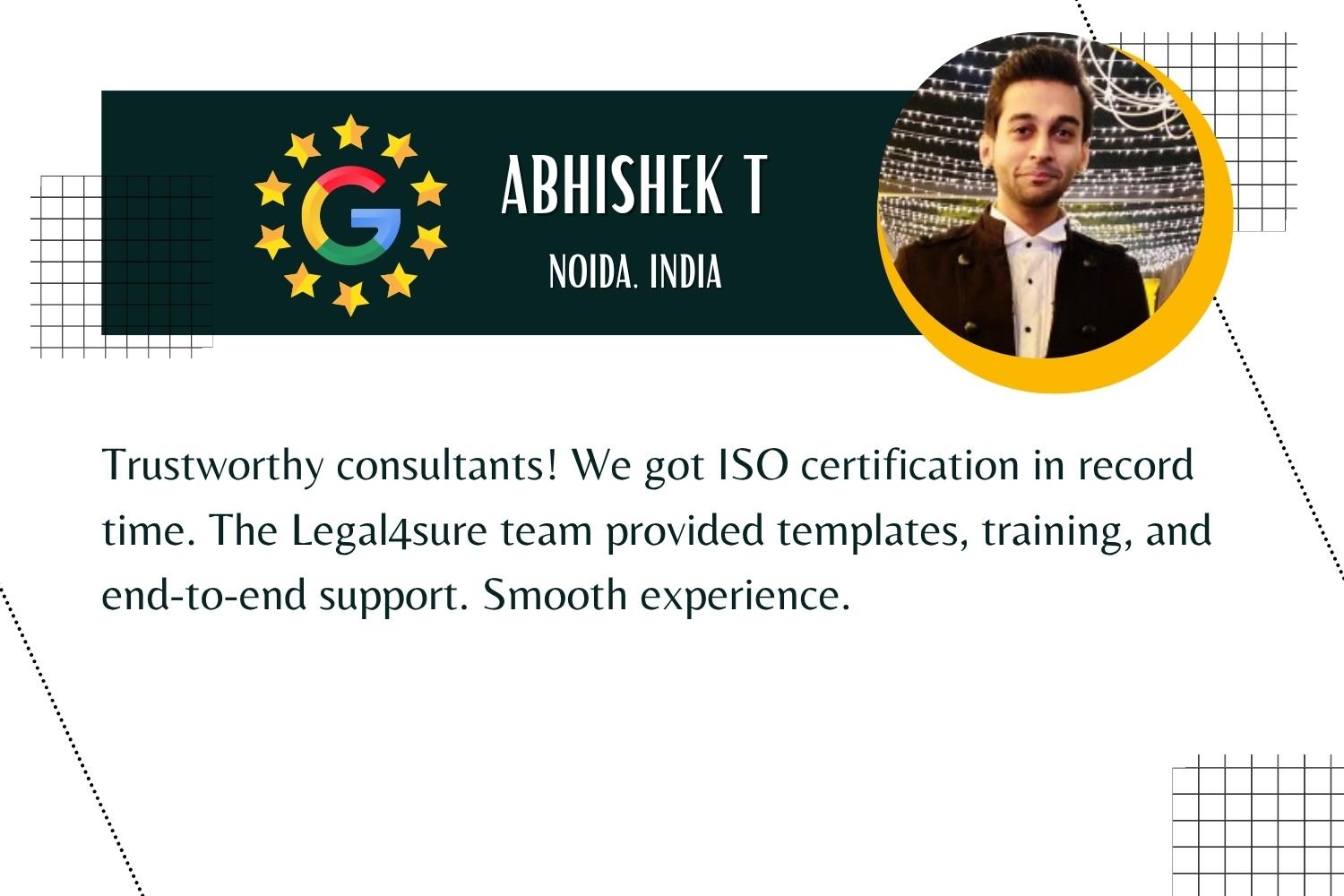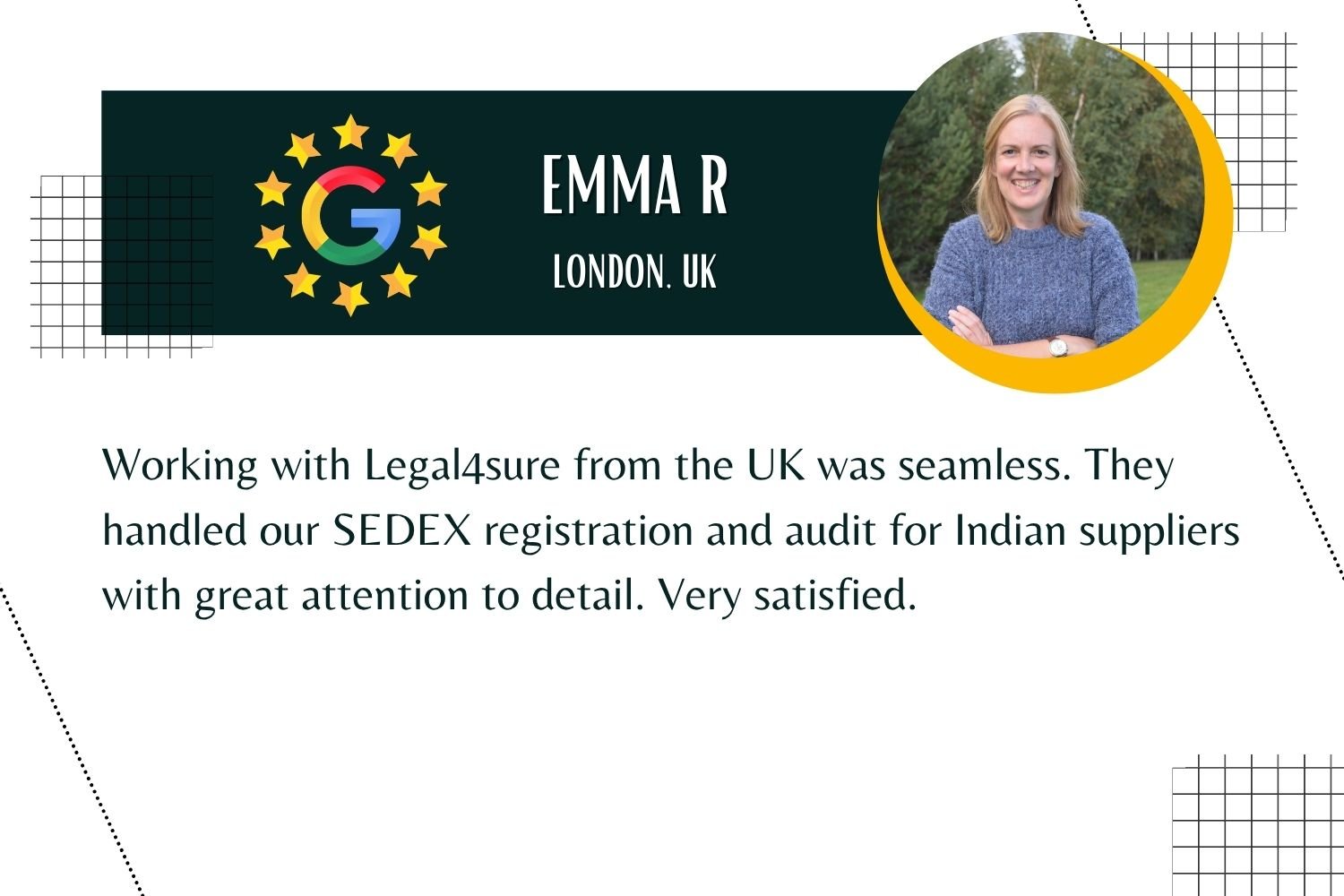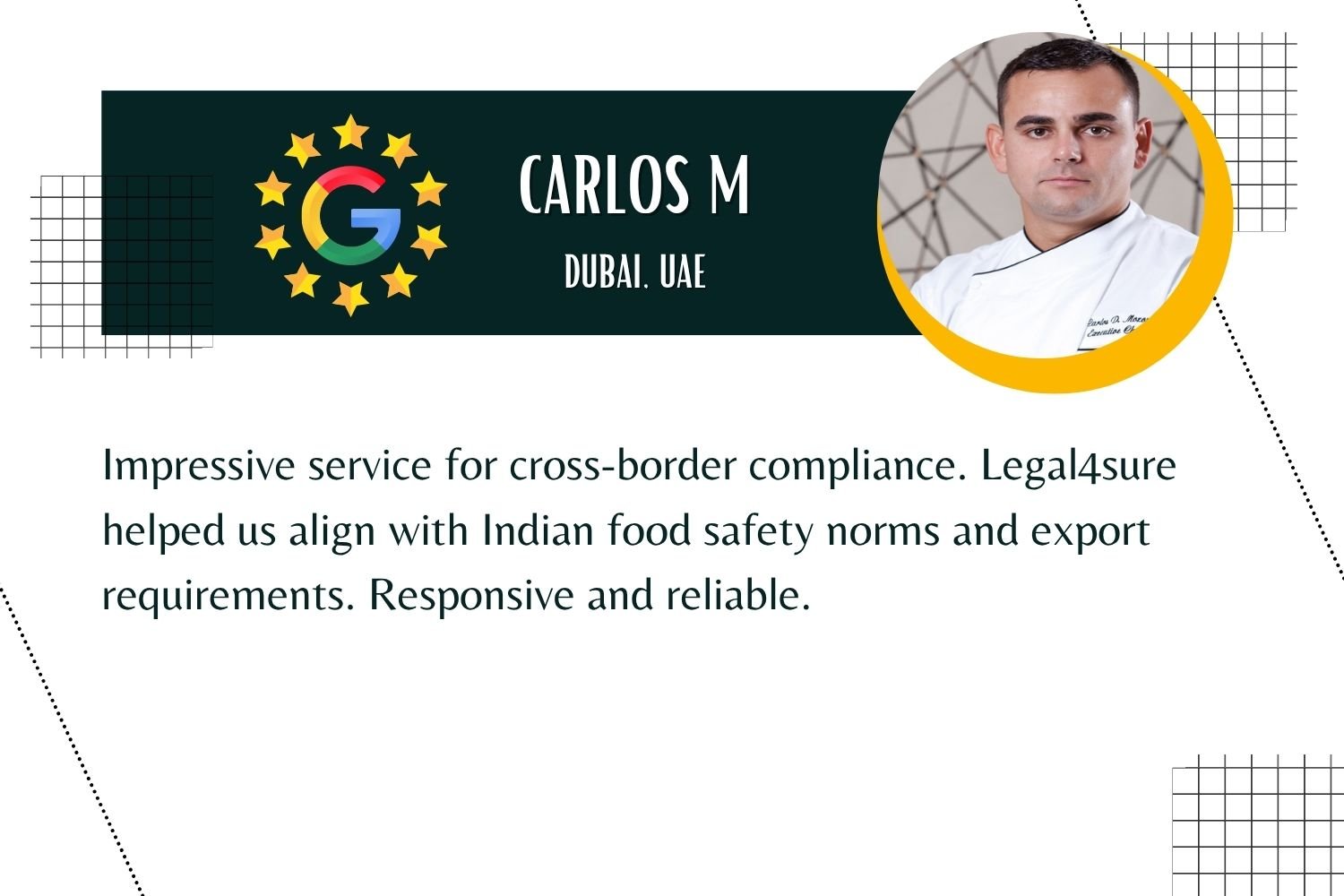Just imagine – you’ve developed an incredible food product and the demand is increasing. Now you’re in a position to get onto a big-box retailer’s shelf. As soon as they say, “Do you have your BRCGS certification?” – at this moment, this is where many manufacturers get stuck, and we don’t want that to happen to you. This guide will walk you through each step of the certification process, page by page, when you are given that opportunity.
Why BRCGS Standard Certification Matters For Food Businesses
A BRCGS certification can open doors in the food industry. It gives you both trust and accessibility. With this certification, you gain access to major retailers and a global market.
- Market Access & Customer Expectation: Customers want BRCGS certification. If you have it, you save time on audits with each customer.
- Operational Benefits & Risk Mitigation: A BRCGS certification brings better systems behind the scenes. This leads to fewer recalls, less risk of interruptions, and more confidence in your employees. They can take ownership and help create a culture of continuous improvement.
BRCGS Standard Certification: What’s New in Issue 9
- The BRCGS Food Safety Global Standard Issue 9 will considerably affect the industry starting in February 2023:
- Food Safety Culture is now a must. You must provide ongoing documentation. This should include training records, communication support, behaviour measurement, and evidence of ongoing improvement. This shows your commitment to this culture.
- Flexible audit protocols are now standard. An operational site can select from three options: planned onsite audits, unannounced audits, or blended audits, which include both remote and onsite evaluations. This approach promotes transparency.
- Supplier approval and monitoring controls are stricter now. An operation site must show detailed supplier assessments, traceability, and ongoing supplier monitoring.
- These changes show a shift in the industry. They’re moving towards safety backed by culture, traceability, and better engagement management. This is now as important as following documented procedures and building trust in the marketplace.
BRCGS Standard Certification Made Simple: A 0–6 Month Roadmap
This schedule will likely apply to just about all small and medium-sized food businesses.
Weeks 0-4: Gap Analysis & Management Commitment
- You conduct a gap analysis of the relevant standard.
- Obtain management commitment (i.e., resources and training) and budget.
- Assign a Food Safety Team Leader.
Weeks 4-12: Systems & Documentation
- Revise your HACCP plans (if applicable).
- Revise your prerequisite programs (ie, gmp , pest control , hygiene, etc ). At minimum, any risk you identified in the gap analysis should be included.
- Write procedures to approve your suppliers, traceability, incidents, etc.
Weeks 12-20: Implementation & Internal Audit
- Train your staff on your procedures, timelines, etc.
- Complete an internal audit to provide evidence you are ready.
- Follow up on non-compliances.
Weeks 20-24: Pre-Audit and Audit
- Start to engage with the certifying body ( this is optional; I would recommend) to conduct a pre-audit.
- Finalize true audit.
- Follow up on corrective actions.
How to Avoid the Most Frequent Non-Conformances in BRCGS Standard Certification
Food safety audits often show problems. These issues come from evidence that is either inconsistent or not enough during the audit review. This does not mean that the organization lacks adequate systems or procedures. Here are some prevalent examples:
-
Poor document control:
Non-conformance can be reduced by providing example policies or SOPs that are outdated or incorrect. To reduce the risk of inaccurate evidence, keep the master file in a clear spot. Also, ensure there is some version control for the master file.
-
Training Records are inconsistent:
Some non-conformance is simply evidence of a lack of care on the part of the organization. One can consider whether attendance to training was signed, and whether record-keeping is complete. If there are no complete employee training records, there is no evidence of an employee’s competency to perform the tasks assigned.
-
Poor supplier approval program:
Non-conformance could be rather simply a compliance deficiency. Many times, it is simply that the supplier approval documents have never had a review. The process in place for the hygiene program, supplier certifications, and test reports needs to be up to date.
-
Housekeeping failures:
The existence of dirty and unsanitary conditions is a violation of cleanliness standards. Regular hygiene audits and thorough cleaning schedules are viable methods of quality assurance for cleanliness compliance.
Many failures come from incomplete, missing, or inaccurate documentation. However, the absence of a procedure isn’t always the only cause. It’s important to carry out thorough investigations and monitor systems for ongoing oversight and control. This approach helps tackle the rising issue of not showing effective control numbers.
How Much Does BRCGS Standard Certification Cost?
The expenses will vary according to the site size and scope, but it always remains the auditor’s responsibility to determine the cost. Here is a general list of items you can anticipate preparing for, whether you are making room in your budget for them or not.
- Audit and Certification – ₹2-4 lakh ($2,500 – $5,000)
- Consulting/training if you like – ₹1-3 lakh depending on how many hours you want to spend.
- Internal Investment: Your time, documents, and probably some updates to one or more working systems
Your ROI will depend on how valuable you find the certification. It also includes a lower risk of recalls, faster buyer approval for new methods, and fewer customer audits due to certification.
After BRCGS Standard Certification: Training & Continuous Improvement
Certification is merely a starting point; it is not the end objective! Ensure continued compliance by:
- Performing internal audits as appropriate for your organisation;
- Initiate and schedule management-recognised, at least every 6-12 months review, and as needed, based on required consistent observation of the organisation’s full, comprehensive understanding of;
- Refresh or create the food safety culture program.;
- Train on your Food Safety Systems in regards to new employees.
- Keep monitoring compliance and activity reminders. This will help you get ready for any surveillance audit. Your customers can trust that you’re on top of it!
Conclusion
At Legal4Sure, we focus on making the BRCGS Standard Certification process easier. We provide expert insight and compliance support, plus we offer continuing education. Getting ready for an audit? Or are you focused on continuous improvement? The team at Legal4Sure is here to help. We assist you from preparation to certification and offer ongoing support for BRCGS certification. Count on us for confidence and credibility, no matter where you are.
FAQ
Q1. What is the BRCGS Certification Standard?
Ans: BRCGS Certification is an international standard. It shows consumers and stakeholders that food businesses care about safety, quality, and following the law.
Q2. How long does BRCGS Certification take?
Ans: Most small to medium businesses can obtain certification in 4 – 6 months if the Leadership is engaged and ready.
Q3. BRCGS Certification Standard vs. ISO 22000. What is the difference?
Ans: The main difference is that BRCGS is prescriptive and has requirements/mandates for 3rd part audits. ISO 22000 has flexibility with requirements. Furthermore, the BRCGS will always be preferred by Retailers and others in the food supply chain.



